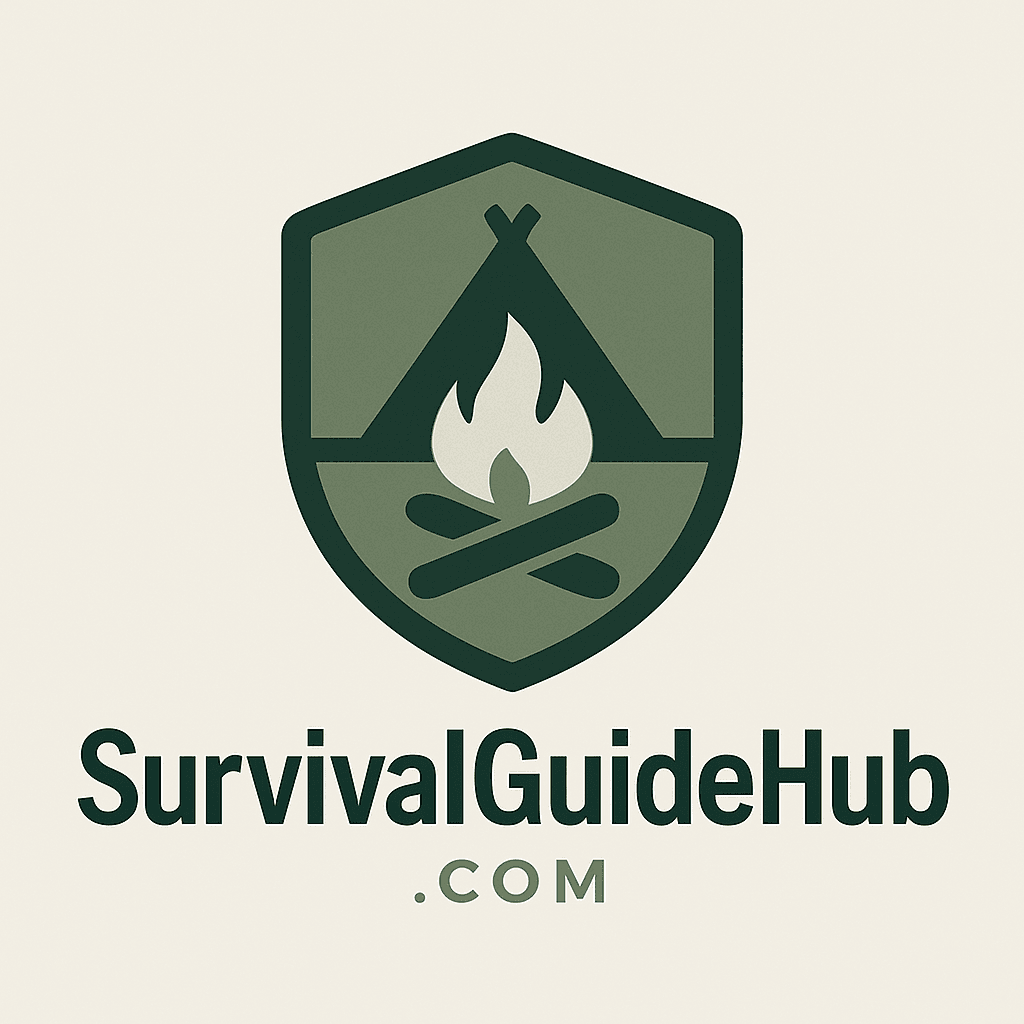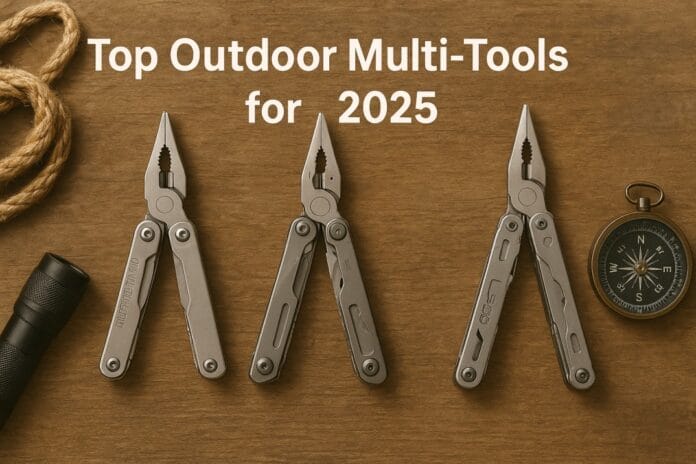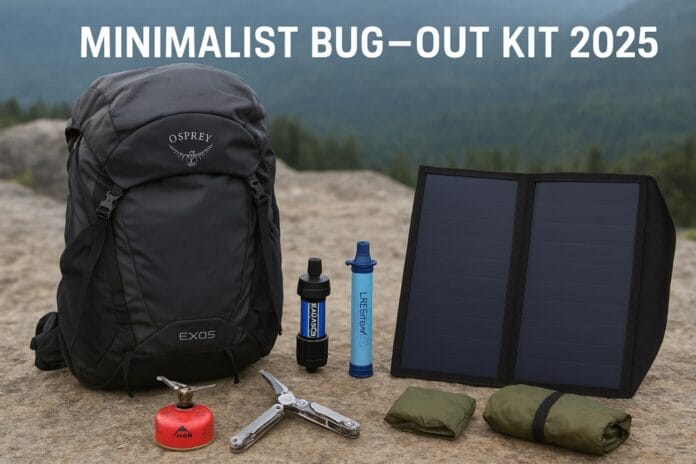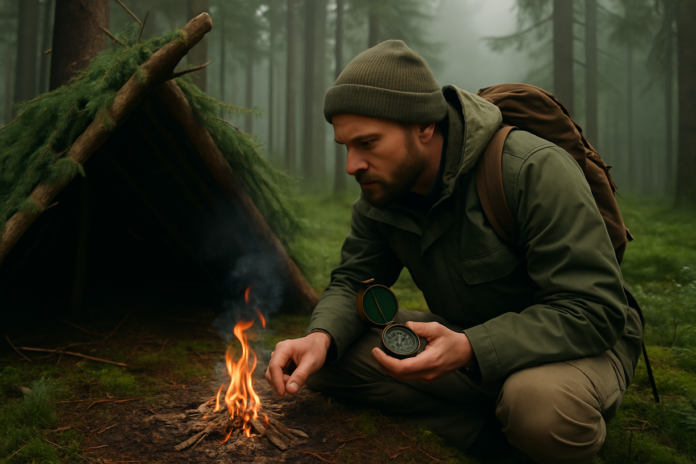Navigating the Aftermath When a flood recedes, it leaves behind a landscape that can be both familiar and dangerously altered. Navigating this new terrain requires a different set of skills and a heightened sense of awareness. This guide is for those who may need to move through flood-affected areas, whether to check on neighbors, assess damage, or simply navigate their community. We will cover essential skills for safe movement, hazard identification, and basic self-rescue techniques, along with recommendations for crucial gear that can make all the difference.
The Unseen Dangers: What Lies Beneath the Surface
Floodwaters are not just water. They are a murky soup of debris, chemicals, sewage, and hidden hazards. Even after the water has receded, the ground can be unstable, and the environment can be treacherous.
•Contamination: Assume all floodwater and mud are contaminated. Avoid direct contact whenever possible.
•Hidden Debris: Sharp objects, broken glass, and other debris can be hidden under mud and water.
•Unstable Ground: The ground can be saturated and unstable, leading to sinkholes or collapses.
•Displaced Wildlife: Snakes, insects, and other animals may have been displaced and could be seeking shelter in unexpected places.
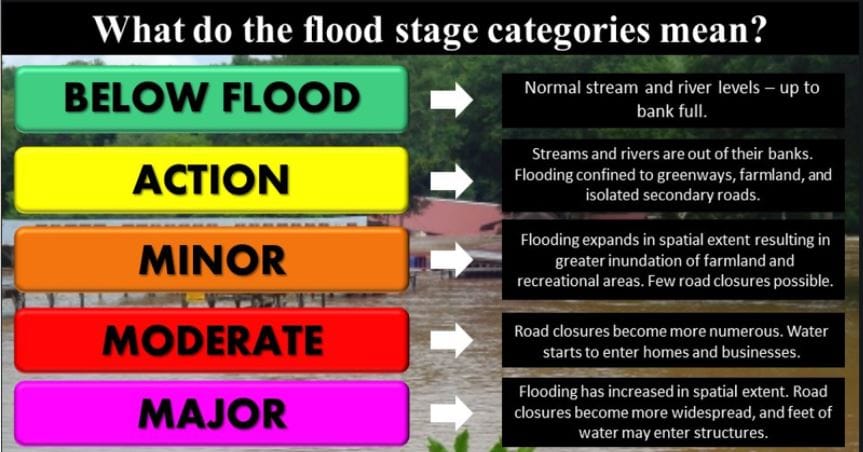
Essential Skills for Safe Movement
Moving through a flood-damaged area requires a slow, deliberate, and observant approach.
•Walk with Caution: Use a sturdy stick or pole to probe the ground in front of you. This can help you detect hidden holes, debris, or unstable ground.
•Stay on High Ground: Whenever possible, stick to higher ground and avoid low-lying areas that may still be flooded or muddy.
•Be Aware of Your Surroundings: Look up for damaged trees or power lines that could fall. Look down for hazards on the ground. Listen for unusual sounds that might indicate danger.
•Travel in Pairs: If possible, travel with a partner. This provides an extra set of eyes and ears and a source of help if one of you gets into trouble.
•Let Someone Know Your Route: Inform a friend or family member of your intended route and estimated return time.
Essential Gear for Safe Navigation
Having the right gear can significantly enhance your safety and ability to navigate a flood-damaged area.
Lighting: Illuminating Your Path
In a post-flood environment, power may be out, and visibility can be poor, especially at night or in enclosed spaces.
•Headlamps: A headlamp is essential for hands-free lighting, allowing you to use your hands for balance or to carry other items. The Fenix HM65R Headlamp (available on Amazon) is a powerful and durable option, offering excellent brightness and a long battery life. Its waterproof design makes it ideal for wet conditions.
•Flashlights: A high-quality, waterproof flashlight is a must-have. The Streamlight ProTac HL-X (available on Amazon) is a popular choice among first responders for its bright beam and rugged construction.
Multi-tools and Knives: Your Versatile Companions
A good multi-tool or knife can be invaluable for a variety of tasks, from cutting rope to making minor repairs.
•Multi-tools: The Leatherman Wave+ (available on Amazon) is a classic for a reason. It packs a wide range of tools into a compact package, including pliers, wire cutters, knives, and screwdrivers. The Gerber Suspension-NXT Multi-Tool (available on Amazon) is another excellent, more budget-friendly option.
•Knives: A sturdy, reliable knife is a fundamental survival tool. Look for a fixed-blade knife for maximum durability or a high-quality folding knife for portability.
Signaling for Help: Making Yourself Heard and Seen
If you find yourself in trouble, the ability to signal for help is crucial.
•Whistles: An emergency whistle is a simple but incredibly effective signaling device. The Fox 40 Classic Whistle (available on Amazon) is a loud, pea-less whistle that works even when wet.
•Mirrors: A signal mirror can be used to reflect sunlight and attract the attention of rescuers from a distance.
Keeping Your Gear Dry: The Importance of Waterproofing
Protecting your essential gear from water is vital.
•Waterproof Bags/Dry Sacks: Use dry sacks to keep your phone, first-aid kit, and other sensitive items dry. The Sea to Summit Lightweight Dry Sack (available on Amazon) comes in various sizes and is known for its durability and reliable waterproofing.
First Aid: Treating Minor Injuries
In a hazardous environment, minor cuts and scrapes are common. A compact, portable first-aid kit is essential for treating these injuries and preventing infection.
•First-Aid Kits: The Adventure Medical Kits (available on Amazon) offer a range of compact, well-organized first-aid kits designed for various outdoor and emergency situations.
Basic Self-Rescue Techniques
While professional help is always the best option, knowing some basic self-rescue techniques can be life-saving.
•If You Fall into Water: Try to stay calm. Float on your back with your feet downstream to fend off obstacles. Do not try to stand up in fast-moving water.
•If You Get Stuck in Mud: Try to distribute your weight by lying flat. Slowly and carefully try to work your way out.
•If You Are Injured: Treat any injuries as best you can with your first-aid kit. Signal for help and wait for rescue.
Conclusion: Moving Forward with Confidence
Navigating a flood-damaged area is a serious undertaking that requires respect for the environment and a commitment to safety. By moving cautiously, being aware of your surroundings, and equipping yourself with the right gear, you can significantly reduce the risks. Remember, the goal is not to be a hero, but to be a survivor. Your preparedness and knowledge are your most valuable assets in the journey to recovery. Stay safe, stay smart, and move forward with confidence.
To read more about Navigation & Survival Skills, please check: Navigation & Survival Skills
